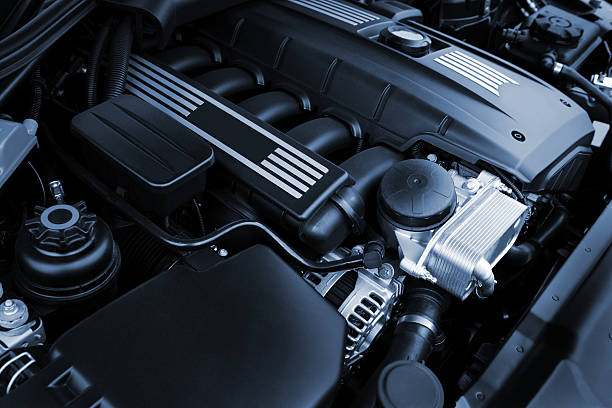Hybrid Cars: Passenger Comfort, Performance, and Efficiency
Hybrid cars combine an internal combustion engine with one or more electric motors to reduce fuel consumption, lower emissions, and improve driving flexibility. For many drivers, hybrids promise a balance between traditional car ownership and the added efficiency of electrified systems. This article reviews how hybrid systems affect passenger space, driving performance, overall efficiency, vehicle types, and what to expect from hybrid SUVs, helping readers evaluate whether a hybrid car fits their needs.

Passenger space and cabin experience in hybrids
Many modern hybrid designs keep passenger comfort and cargo space comparable to their gasoline-only counterparts. Manufacturers typically place batteries under seats, in the trunk floor, or beneath the rear cargo area, which can slightly alter cabin layout but usually does not dramatically reduce usable space. Passenger climate control and infotainment features remain similar to non-hybrid models, though some hybrids include energy-aware settings (eco modes) that limit climate performance to maximize efficiency. When assessing a hybrid, check rear-legroom and trunk dimensions because packaging choices vary across models and body styles.
Performance: how hybrids affect acceleration and handling
Hybrid systems can change how a car delivers power. Electric motors provide instant torque at low speeds, which improves initial acceleration from a stop and makes city driving feel more responsive. In many hybrids, the internal combustion engine takes over or works in concert at higher speeds, offering steady highway power. Regenerative braking also affects pedal feel, with some drivers noticing a different deceleration behavior. Hybrid tuning balances smoothness and responsiveness; sportier hybrids incorporate larger motors or tuned transmissions to preserve spirited performance while keeping efficiency gains.
Efficiency: fuel use, battery recovery, and real-world numbers
Efficiency gains are central to hybrid design. Regenerative braking captures kinetic energy during deceleration to recharge the battery, reducing wasted energy. At low speeds and in stop-and-go traffic, hybrids often achieve the biggest fuel-economy improvements because the electric motor can handle propulsion more frequently. Real-world efficiency depends on driving patterns, climate, and driving behavior; urban commuters may see greater benefits than frequent highway travelers. Maintenance of tire pressure, minimizing excess weight, and using eco driving techniques also support the hybrid’s efficiency advantages.
Car types and hybrid drivetrain options
Hybrid “car” covers several drivetrain types: mild hybrids, full hybrids, and plug-in hybrids (PHEVs). Mild hybrids use a small motor-generator to assist the engine, improving fuel economy modestly without offering pure-electric driving. Full hybrids can operate on electric power alone for short distances and seamlessly switch between sources. Plug-in hybrids add a larger battery that can be charged externally for extended electric-only range. Understanding the distinctions helps match a vehicle to your daily routes and charging opportunities: PHEVs are useful when you can regularly plug in, while full hybrids provide passive efficiency without changes to refueling habits.
SUV hybrids: size, weight, and practical considerations
SUV hybrids bring electrification benefits to larger vehicles but face packaging and weight trade-offs. SUVs have higher curb weights and larger frontal areas, which can blunt some efficiency gains compared with smaller cars. To compensate, hybrid SUVs use larger batteries or more powerful electric motors and sometimes offer all-wheel-drive layouts that use electric motors for an extra axle. Consider payload and towing expectations: heavier loads reduce the efficiency advantage and may affect driving range for plug-in models. For families or drivers who need cargo space and higher seating, hybrid SUVs can provide a compromise between utility and lower fuel consumption.
Hybrid ownership also involves considerations beyond driving dynamics. Batteries in modern hybrid systems are designed for long service lives, but longevity can be affected by extreme temperatures and charging patterns for plug-in models. Service intervals for hybrid-specific components differ from traditional cars, and not all local services have the same level of hybrid expertise, so check availability of trained technicians in your area. Insurance and resale values vary by model and market conditions; researching specific models helps set realistic expectations.
Conclusion
Hybrid cars offer a mix of passenger comfort, altered performance characteristics, and measurable efficiency improvements, with variations driven by drivetrain type and vehicle class. Whether you prioritize city fuel savings, low-speed responsiveness, or the utility of an SUV, there are hybrid designs that balance those priorities differently. Evaluate cabin space, real-world efficiency for your routes, and maintenance support in your area when considering a hybrid car to ensure it aligns with your daily needs and driving patterns.





